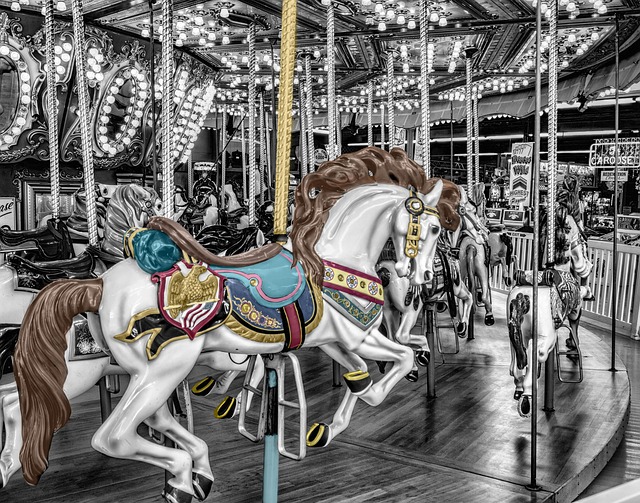When we think of roundabouts, the first images that come to mind are often those of dizzying traffic patterns and carefully calculated intersections. However, beyond their functional purpose, roundabouts can be mesmerizing art forms that blend traffic management with inspiring design. The circular nature of these structures has captivated not just engineers but also artists and architects, turning mundane traffic hubs into immersive experiences of art and design.
One of the most charming aspects of roundabout architecture is its capacity for creativity. As you glide through these circular pathways, you may find yourself surrounded by stunning sculptures, mosaics, and vibrant landscaping that breathe life into the intersection. The circular design allows for a unique canvas where artists can experiment with mediums and styles, seamlessly integrating their works into the flow of daily life.
Consider the famous roundabout in Harlow, England, where the centerpiece is a stunning statue of a family playing. This piece not only enhances the visual aesthetic but also evokes a sense of community, inviting travelers to pause and reflect. Such artworks bring joy and foster connections, reminding us that the places we often rush through can be transformed into genuine experiences.
The design elements of roundabouts go beyond mere decoration; they play a pivotal role in urban planning as well. A well-designed roundabout can improve traffic flow, reduce accidents, and provide a more pleasant experience for both drivers and pedestrians. By harmonizing function with art, architects create spaces that are not only practical but also enrich the environment. Greenery, lighting, and pedestrian pathways can contribute to creating an atmosphere that encourages interaction and exploration.
Moreover, roundabouts serve as markers of local culture and identity. Cities can distinguish themselves by incorporating local art or historical references into their roundabout designs. This thoughtful integration fosters a sense of pride among residents and showcases the unique character of a community. Each roundabout becomes a storyteller, inviting passersby to engage with the locality in an unexpected yet delightful way.
As we continue to navigate through our cities, it’s crucial to recognize and appreciate the artistic potential of our roadways. Roundabouts, often perceived merely as traffic solutions, hold the power to transform our urban landscapes. They are testament to the idea that even functional structures can be infused with creativity, providing not just utility but also beauty and inspiration. So, the next time you find yourself approaching a roundabout, take a moment to observe the artistry that surrounds you—it may just shift your perspective on everyday spaces.




